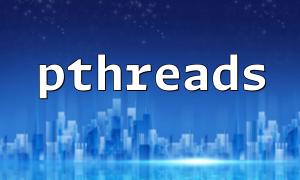In today’s internet environment, PHP security is a crucial aspect of website development. As a widely-used server-side language, PHP is popular for its ease of use, but this also makes it a target for attackers seeking vulnerabilities. Therefore, ensuring the security of PHP code and servers is extremely important.
Understanding common attack methods is the foundation of improving security. Here are several main types of attacks:
Attackers inject malicious SQL code into input fields to illegally manipulate databases. Preventing this type of attack involves using parameterized queries or prepared statements. Example code:
$stmt = $pdo->prepare("SELECT * FROM users WHERE username = :username");
$stmt->execute(['username' => $inputUsername]);XSS attacks allow attackers to execute malicious scripts in users’ browsers, leading to information leaks or session hijacking. Properly escaping user input is an effective defense. Example code:
echo htmlspecialchars($userInput, ENT_QUOTES, 'UTF-8');Attackers may gain control of the server by uploading malicious files. Restricting allowed file types and setting reasonable size limits is essential. Example code:
if ($_FILES['file']['type'] != 'image/jpeg') { die('File type not allowed!'); }The following strategies can effectively improve the security level of PHP applications:
Keeping PHP and related libraries up to date patches known vulnerabilities and is the first line of defense.
Set file and directory permissions properly to prevent unauthorized access, and place configuration files outside of HTTP-accessible locations.
All user inputs should undergo strict validation and filtering to prevent injections and malicious code execution.
Maintain regular backups of applications and databases to ensure quick recovery after an attack.
By understanding common PHP security threats and adopting reasonable preventive measures, website security and stability can be greatly enhanced. Developers should continuously monitor security updates and strengthen their security awareness to protect user data and system safety.









